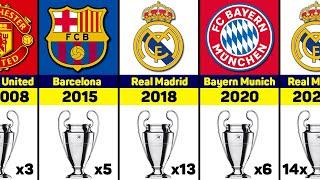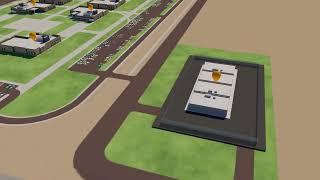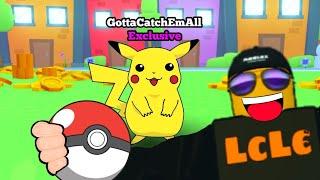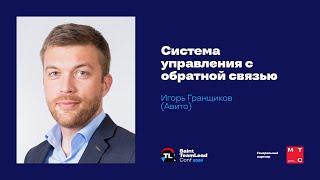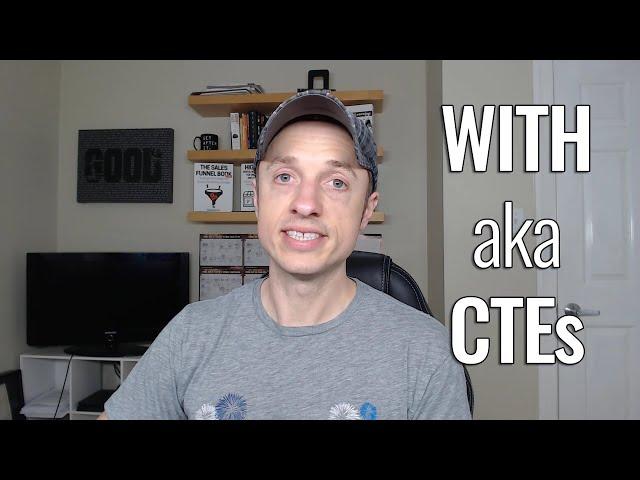
SQL WITH Statements (Common Table Expressions - CTE)
Watch the Subquery video: https://youtu.be/GpC0XyiJPEo
Get the Northwind Database: https://www.youtube.com/watch?v=nbIicI7K6Kk
Support the Channel:
1) Subscribe: https://www.becomingads.com/o/youtube
2) DataCamp: https://www.becomingads.com/o/datacamp
3) Udacity: https://www.becomingads.com/o/udacity
Тэги:
#becoming_a_data_scientist #becomingads.com #data_science #data_scientist #sql_with_statement #postgresql_with_statement #sql_cte #postgresql_cte #sql_common_table_expression #postsgresql_common_table_expressionКомментарии:

Thank you
Ответить
Thank you. It was wonderful explanation
Ответить
I don't understand what the ctdorders have inside...
Ответить
How can I union two cte together, there is one sum on a budget, column are exactly the same I have group by , send me video please
Ответить
Can I pass list of acctnumbers in with and it will traverse through each one of them to fetch acctid from diff table
Ответить
Thanks a lot for simple explanation
Ответить
Dude! thank you for taking the time to break down cte's simplified (subquery >> cte). Bro, you rock!!! 😎🤟
Ответить
I don't see the point of using WITH for a single query. If you would use the same WITH for multiple queries, I can understand how it helps.
Ответить
Thank you! This video helped me understand CTEs a little bit better.
Ответить
in the 3rd example nothing changed when you joined another cte. So why did you join them?
Ответить
Thanks! Liked, Commented and Subscribed!
Ответить
Thanks, mate! Your explanation is very easy to understand.
Ответить
Best explanation ever!! 👍
Ответить
Very helpful..... Love from India
Ответить
conceptual and easy way to describe
Ответить
and, boom!
Ответить
why did you use "using" in your join statement and not "on"?
Ответить
Thank you for the video, very clear, I like the format, it's straightforward and very well explained!
Ответить
hello there, god bless your efforts..I have a simple enquiry as new sql learner.
How are CTEs different from temporary tables?
Thanks for taking care of this.

Great explanation
Ответить
Thank you for this very useful video!
Ответить
I've been studying SQL now for about 6 months....I think the CTEs are really a good place to start but the more knowledge you gain the more you tend to move away from them and use subqueries
Ответить
Great video! This helped me run a complex query at work. Thanks 😀
Ответить
Sweet and simple: thanks!
Ответить
Thanks, easy and straight forward!
Ответить
Nice video, thank you
Ответить
The way you describe what cte's are made all the difference. It's so simple when you know yhe why for the how.
Ответить
Just a small correction, using the with statement makes indeed things easier to read and debug but the program won't be any faster. It's just a thing you should do to help other humans understand your code.
Ответить
Hi Nathan, thanks for explaining me CTE Objects. It's know very clear to me. Appriciate <3.
Ответить
I didn't think CTE's are stored anywhere... temp tables are
Ответить
You have a crypto channel too?! I have seen your YF vids
Ответить
thankyou sir, it really helped me.
Ответить
Great video!
Ответить
hats off!!
Ответить
Super sir 👍👍👍
Ответить
Simple and easy to understand explanation. It really made understanding the WITH statement so simpler. Thanks much.
Ответить
Why the pc screen is so blurred?
Ответить
Thanks!
Ответить
Thanks for the video. I was looking for more info about caching, but noticed (after some reading) that the caching doesn't happen because of the CTE, but instead, it's decided arbitrarily by Postgres. So for instance, either doing subqueries or CTEs might result in the same performance in the end, even though CTEs makes code more readable.
Ответить
That was super helpful!
Ответить
ahhh That makes it much clearer. Thank you!
Ответить
what is the difference between cte:s and temp tables? temp tables are only stored temporarly and cant be accessed as an cte?
Ответить
This is clearer than my textbook explanation lol thanks for the video!
Ответить
Thanks! That was very helpful :)
Ответить
Excellent explanation . How dose work when you're working with 10 tables and 5 has millions of records in them? Is this viable considering this is all done in memory?
Thanks

Definitely helpful! Thank you for this. Can you also do a video on recursive CTEs?
Ответить
This is great!
Ответить
You explained it so well and fast I'm now fully prepared for what may come
Ответить

